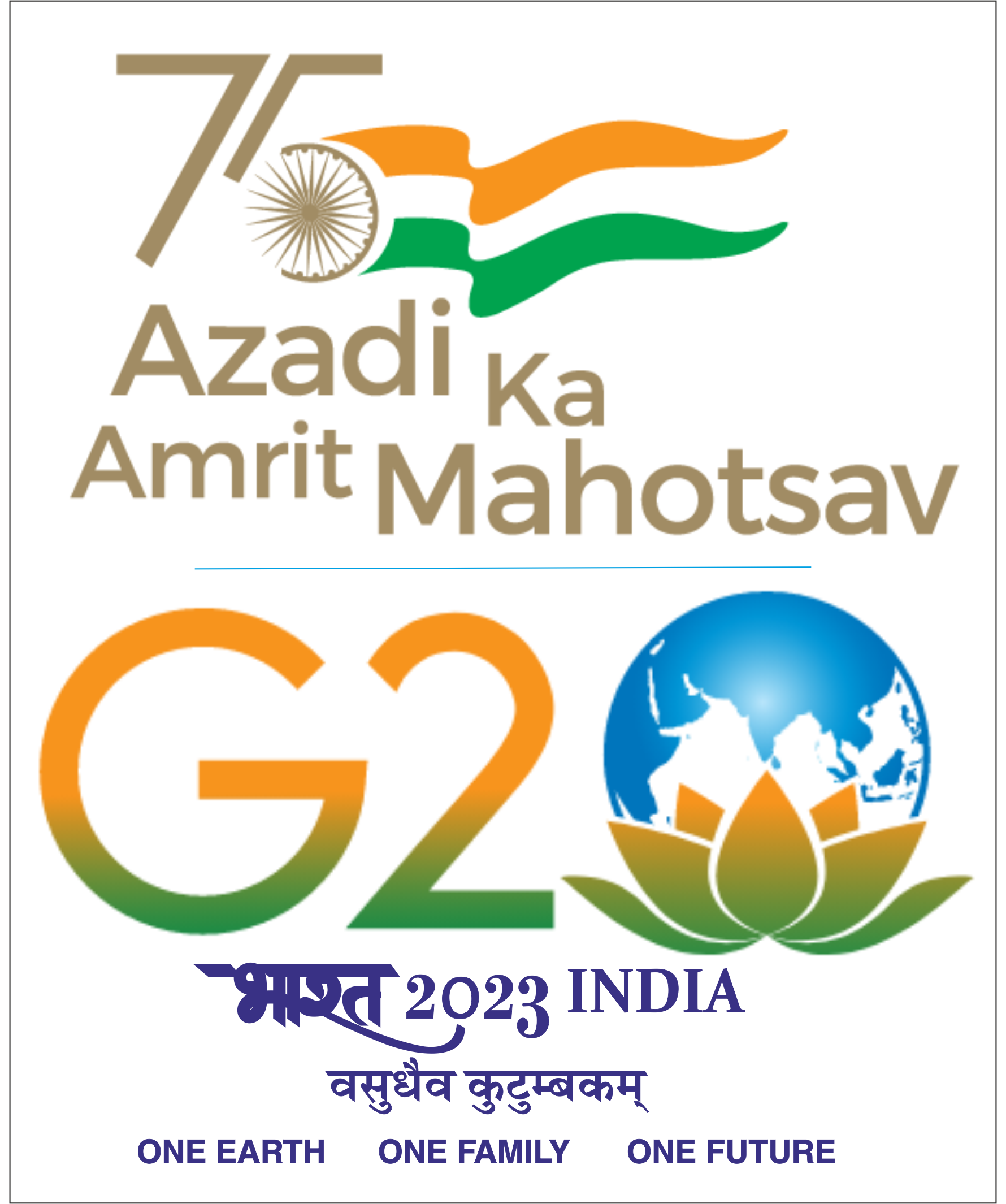Ms. Rutuja P. Shinde will present her APS as per the details below:
Date: 24th September 2024
Time: 1400 - 1500 hrs.
Venue: Conference room 1 of CTARA
Topic: Modeling Impacts of Climate Extremes and Farm-level Decision Making on Crop Productivity for Evidence-Based Policy Recommendations
Guide: Prof. Parmeshwar D. Udmale
RPC Members: Prof. Priya Jadhav, Prof. Karthikeyan Lanka
Abstract:
The agriculture sector is the backbone of the Indian economy, contributing 18.3% of the country’s Gross Domestic Product (GDP). It has a significant share in employment and livelihood generation (about 58%). Currently, agriculture is facing numerous challenges, including climate change. Climate change leads to extremes such as drought, flood, and heatwaves. Variability in climate impacts agriculture in various ways, such as changes in sowing time, maturity time increase or decrease, and attack of pests and diseases on crops, which leads to crop productivity losses and a decrease in food quality. Around 60% of rural districts in India are vulnerable to climate change. According to the Ministry of Agriculture and Farmers Welfare of India, 69 million hectares of cropped area have been lost to hydro-meteorological extremes such as drought, excess rainfall, and floods between 2015-16 and 2021-22. About 77% of cropland in Maharashtra is vulnerable to climate change. According to the Department of Agriculture, Government of Maharashtra, the state has lost 36 million hectares of crops in the last five years (2017-18 to 2022-23) due to the impact of climate extremes. These events have varied impacts on farmers, including crop yield losses, economic setbacks, and the nation's food security.
Changing climate is one of the factors influencing cropping patterns. Crops grown by the farmers result from different socioeconomic and environmental (SEE) factors, including climatic variations in the region. Crop diversification is a critical factor in increasing agricultural production, creating jobs, reducing poverty, and ensuring nutritional security in developing countries. Maharashtra is one of the agricultural states in India, which has nine agro-climatic regions with varying climatic and agronomic conditions. Therefore, specific crops dominate the regions where the agroclimatic conditions are suitable for the crop. Over time, SEE factors such as literacy, irrigation availability, fertilizer application, technological interventions, and access to good-quality seeds have diverted farmers to diverse cropping practices. Farmers are shifting from cereal-based cropping systems to high-value crops. In this background, the proposed study aims to analyse the spatial and temporal variation in cropping patterns in Maharashtra at the district and sub-district levels to understand the areal concentration and diversification of crops.





